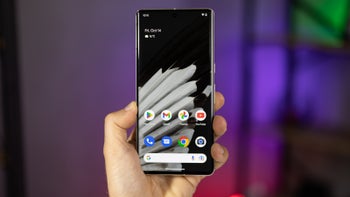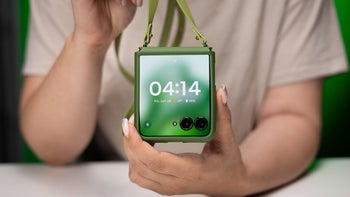Report: OLED smartphone panels to become more popular than LCD by 2020

The iPhone X is the first (but probably not the last) iPhone model to use an OLED display
Or in other words, OLED is becoming ever more popular. And it seems like this trend isn't planning on stopping any time soon — in fact, a new report from research firm Display Supply Chain Consultants claims that OLED usage will surpass that of LCD in smartphones by 2020.
Which isn't at all surprising, really: with the best-selling smartphone series moving towards adopting the technology across all of its devices, and multiple display manufacturers jumping at the opportunity to build their own OLED production lines, the power shift is all but inevitable. But it is surprising that it is projected to happen so soon — three years really isn't this long when looking at things from the scale of an entire industry.
Another notable prediction is that flexible OLED solutions are expected to become more popular than their rigid counterparts by the end of next year. Whether this means that most OLED smartphones will have a curved screen or not remains to be seen, however — a manufacturer could choose to use a flexible panel in a flat display, provided it is the cheaper solution (and in fact, some reports claim flexible OLED panels are actually cheaper).
As for what this could mean for the end user, it's mostly good news. OLED offers considerably better image quality, and the potential for less power consumption (displaying pure black requires no energy). Still, there are bound to be some growing pains for manufacturers other than Samsung, who haven't had a years-long experience in building their own OLED panels.
source: DSCC, Business Korea via Digitimes












Things that are NOT allowed: